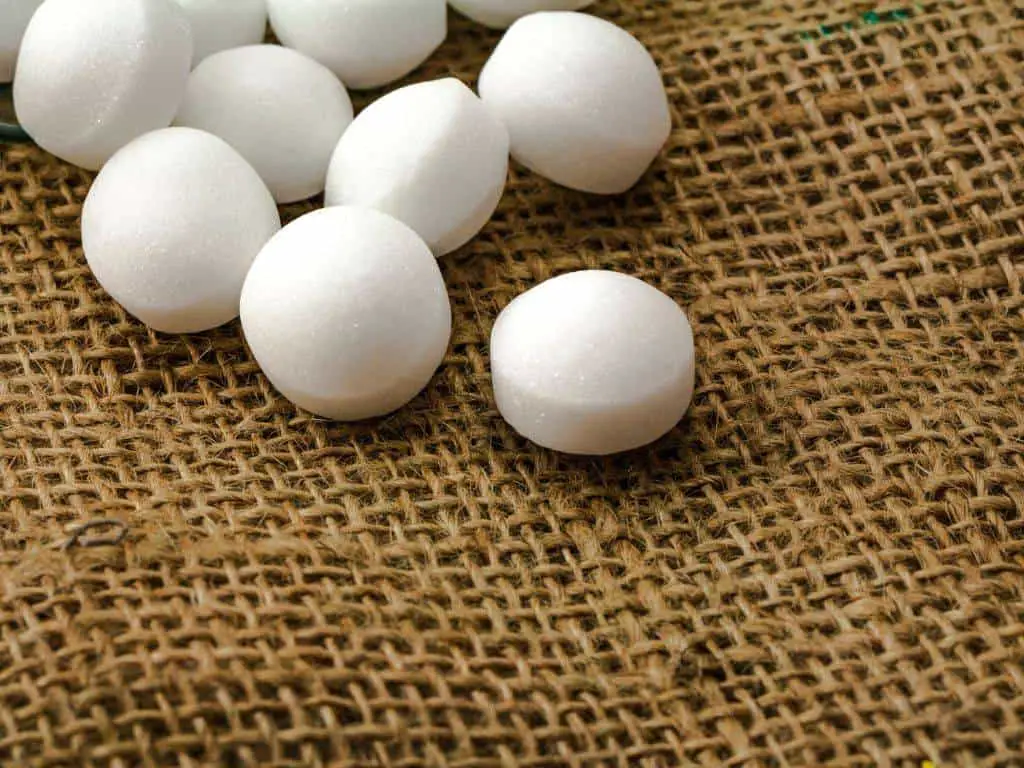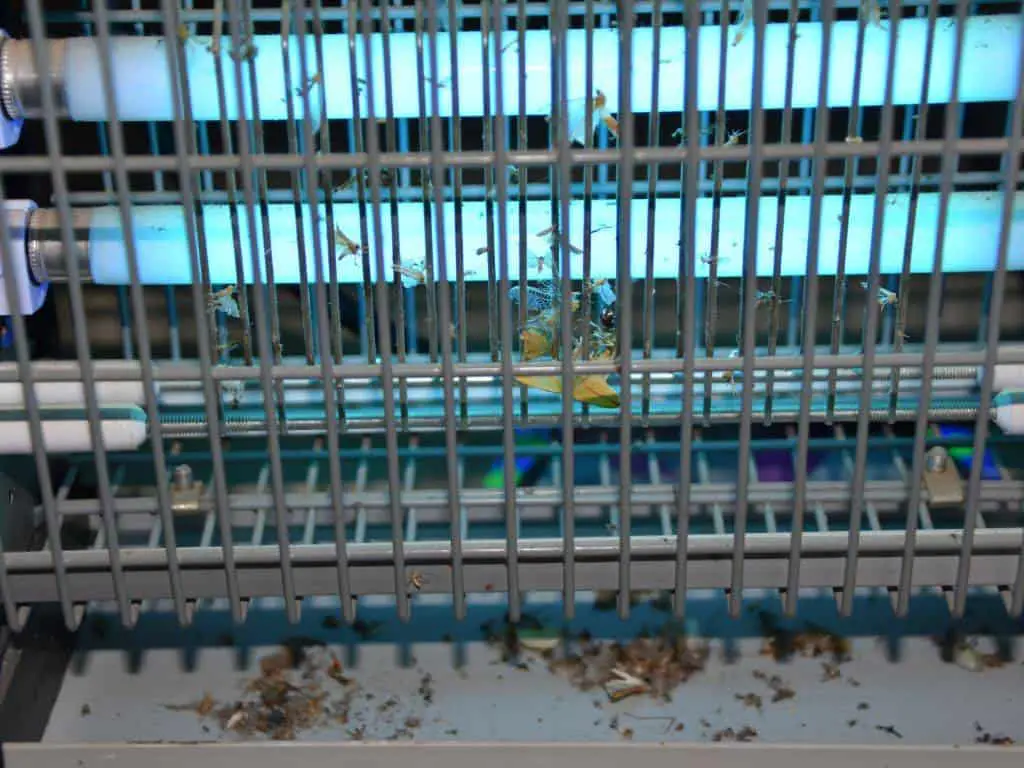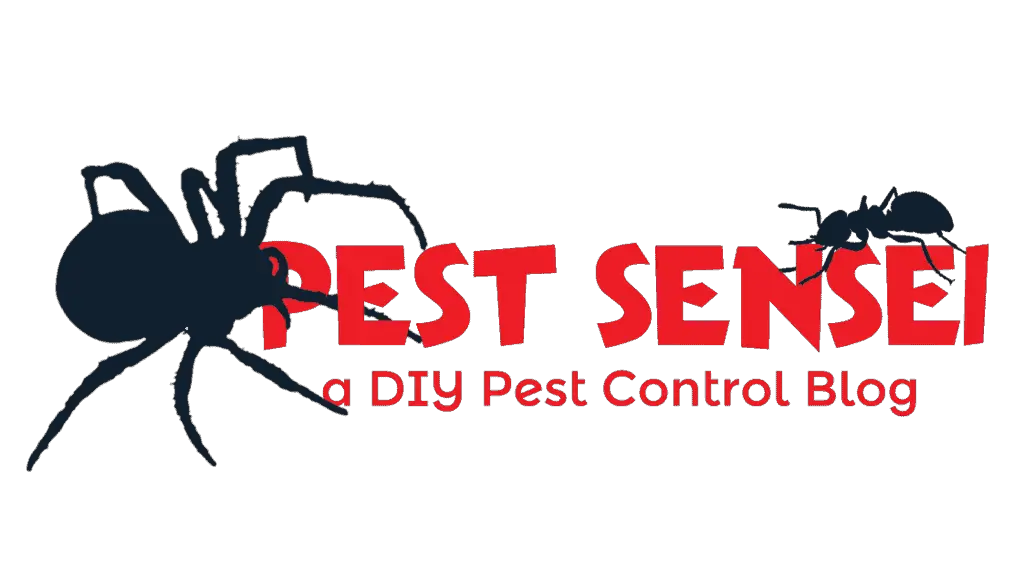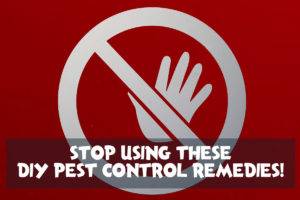Increasing interest in natural, plant-based, non-toxic pest control has led to a flood of products and remedies on the internet. Homeowners seeking DIY solutions can find both helpful and misleading information online. In this article, we will highlight 10 DIY pest control products and remedies that you should avoid. By doing so, you can save time, money, and keep yourself safe.
Vinegar

Vinegar is a popular suggestion in numerous DIY pest control articles. It is often recommended as a solution for deterring ants, repelling cockroaches, combating flies, and even keeping stray cats away. However, it’s important to understand the limitations of vinegar when it comes to pest control.
Vinegar, or low concentration acetic acid, is commonly found in households with concentrations of 5-8%. The belief is that the acid can kill or repel pests by dissolving their exoskeletons. However, the exoskeletons of insects are composed of chitin, a substance resistant to many chemicals, including acid.
Most online guides recommend adding water to vinegar before using it as pest control remedies. Diluting vinegar further reduces the concentration of acetic acid to as low as 1.25%, making it unlikely to damage the exoskeletons of insects.
Instead of directly killing pests, vinegar is more likely to kill insects by drowning them. Vinegar reduces the water’s surface tension, making insects more vulnerable to drowning. The same effect can also be achieved by using soapy water. Drowning individual pests does not effectively address the root of a pest infestation, unless you’re dealing with sporadic intruders rather than a widespread problem.
Another claim is that vinegar’s distinctive odor repels pests. While it may make pests uncomfortable temporarily, they can easily find untreated areas in your house. Additionally, the odor of vinegar does not linger long enough to provide sufficient protection against pests.
Some argue that rubbing vinegar on ant trails can disrupt their pheromone communication, temporarily confusing the ants. However, this method does not prevent the ants from returning or creating new trails.
In conclusion, vinegar should not be relied upon as a comprehensive solution for pest issues. Its effects are temporary and localized at best. It’s important to explore more effective and long-lasting pest control methods to address infestations and minimize their recurrence.
Electronic Pest Repellent Devices
Electronic pest repellent devices have gained popularity in recent years as people seek plug-and-play solutions and more humane methods of pest removal. These devices are said to emit sound waves or electromagnetic fields that irritate pests while remaining unnoticed by humans. Although they initially targeted birds and rodents, the concept has extended to include insect pests.
However, it’s important to recognize that electronic pest repellent devices are not a comprehensive solution for pest issues. While they may hold promise in the future, they are far from a silver bullet.
In conclusion, while electronic pest repellent devices may seem like an appealing solution, their limitations and inconsistent results in real-world scenarios call for more effective and proven methods of pest control.
Birds
Certain electronic devices attempt to scare birds away by mimicking predator or distress sounds, while others aim to irritate them. Both ultrasonic and sonic devices can repel unmotivated birds, but they fail to deter motivated birds.
Motivated birds are those that have already nested or found a food source in the area. Ultrasonic and sonic repellents do not work on them. On the other hand, if the birds are simply resting or loitering, they are not motivated and may leave when disturbed by the sound waves.
It is noteworthy that birds can become accustomed to the sound over time, learning that there is no real threat. Some devices offer the option to use different sounds to prevent birds from getting used to them.
Ultimately, ultrasonic and sonic devices for birds may offer only a temporary fix and will not solve the underlying issue.
Rodents
Lab tests have shown positive results for both sonic and electromagnetic repellent devices in deterring rodents. However, most field trials have been unsatisfactory. Here’s a news article on failed electronic rodent repellent that you can read on.
The effectiveness of these devices is higher when rodents have alternative food sources available, as they are then motivated to avoid areas with electronic repellers. Additionally, rodents may initially be affected by the sound but will eventually ignore it.
The real-world ineffectiveness of electronic repellers may be attributed to factors such as sound wave or electromagnetic field absorption by furniture and walls, which are not accounted for in lab trials.
Overall, the majority of electronic rodent repellents, if not all, are unlikely to work, despite their ongoing popularity. Positive consumer feedback should be viewed with caution, as it is often subjective. It is advisable not to rely on such products, at least in the near future.
Insects and Spiders
Numerous trials have been conducted using various commercial electronic repeller products available on the market, and none have shown promising results, even in laboratory settings.
One critical issue with electronic repellers is that they need to be species-specific rather than universal. This is because different insect species receive sound waves of different frequencies. Therefore, electronic repellent devices for insects and spiders have not proven effective and should not be relied upon as a solution.
Bleach

Bleach is a commonly used household product for treating drains infested with flies, roaches, centipedes, and other pests. However, using bleach for this purpose is ineffective, toxic, and can potentially damage your drain pipes.
When it comes to treating drains infested with maggots, bleach is not effective. Maggots of small flies can bury themselves deep within organic debris, making it difficult for bleach to reach and affect them, as it can only come into contact with the surface of the debris.
While bleach can kill cockroaches and centipedes, it is not as effective as regular insecticides, especially when diluted. Achieving an effective kill with bleach requires longer exposure time and higher dosages.
It’s important to note that bleach reacts with organic debris in drain pipes, releasing harmful fumes. Mixing bleach with ammonia can be extremely dangerous and potentially lethal.
Furthermore, bleach is corrosive and can cause damage to your drain pipes over time.
At best, bleach can clean some organic matter adhered to the walls of drains, reducing the food source and breeding grounds for pests. However, it does not stay on the vertical drain pipe walls long enough to disintegrate the debris effectively.
There are better products available for cleaning drain pipes, such as Invade Foam, which offer more effective and safer solutions than bleach.
Citronella Candles

Citronella candles are widely used in the US as an insect repellent, but unfortunately, they often fail to live up to expectations.
I don’t have a good experience with citronella candles. In an experiment where I was in a room with a citronella candle, 20 starved female mosquitoes were released. Guess what? They ignored the citronella scent and immediately attacked me.
A study found that burning a citronella scented candle does not make a significant difference in repelling mosquitoes compared to burning an unscented candle. Another study showed that geraniol candles are way more effective than citronella. Therefore, relying solely on citronella candles as a mosquito repellent may not yield the desired results.
Gasoline
Gasoline is an extremely dangerous and environmentally harmful home remedy that should never be used for pest control.
Some individuals have been known to pour gasoline on ant hills, termite mounds, beehives, and burrows in an attempt to burn out pests. While it may be effective in eliminating pests, the risks involved far outweigh any potential benefits.
Gasoline is highly volatile and flammable, posing a significant risk of causing fires or explosions. The use of gasoline for pest control can lead to severe injuries or even fatalities, not to mention the pollution it causes to soil and water.
It is essential to understand that modern pesticides have undergone rigorous testing to ensure their safety for both applicators and the environment. While the misuse of pesticides can be harmful, following proper instructions and using approved products is a much safer and more responsible approach to pest control.
Moth Balls

Moth balls are small balls designed to address cloth moth issues. It releases toxic fumes into the air to kill moths.
It is often believed to be equally effective in killing or repelling other insects like cockroaches, geckos, and silverfish. However, that is not the case.
Moth ball works only if the toxic fumes it releases achieve a certain concentration. This condition is usually achieved in enclosed space, such as closets and drawers, making moth ball least versatile.
The main concern with moth balls is their safety. They are typically made of either 1,4-dichlorobenzene or naphthalene, both of which are known carcinogens or potential carcinogens, meaning they have the potential to cause cancer. These substances are also associated with various medical complications.
To address these safety concerns, a safer alternative is to use camphor, a plant-based product, instead of traditional moth balls. While camphor is relatively safer, it can still be harmful if accidentally ingested, especially if it is in its pure form.
It is important to note that moth balls can be mistaken for food by toddlers and pets, posing a significant risk to their health. If you have toddlers or pets at home, it is advisable to avoid using moth balls altogether.
Lastly, it is crucial to be aware that moth balls are flammable, further highlighting the potential hazards associated with their use.
Considering the safety concerns and risks involved, it is recommended to explore alternative pest control methods that are safer and pose fewer health and environmental risks.
Magic Chalk

Magic chalk, also known as miraculous chalk or Chinese chalk, is a pesticide formulated in the form of chalk. Any insects that walk over the line drawn with the chalk will be killed.The good news is, it works… with a caveat.
The major concern with magic chalk is the lack of information about its ingredients. Many of these chalks are illegal, making it difficult to determine their exact composition. They may contain dangerous active ingredients that are banned or have exceedingly high concentrations, considering their extremely fast knockdown rate.
Due to its appearance resembling normal chalk, there is a significant risk of misuse and poisoning. Exposure to the pesticide chalk through contact, inhalation of dust particles, or ingestion can lead to serious illness, particularly in children.
The absence of clear information on the ingredients and potential toxicity of magic chalk raises serious health concerns and underscores the need for caution and responsible pest control practices.
It is strongly advised to avoid using magic chalk or any similar unregulated products for pest control. Instead, opt for approved and regulated pest control methods that prioritize safety and are backed by reliable information and guidelines.
Bug Zappers

Bug zappers have been widely available for many years and are commonly used outdoors, and sometimes indoors to eliminate flies and mosquitoes by electrocution.
While bug zappers are generally effective in killing various types of insect pests, they also indiscriminately kill beneficial bugs. This is because many insects are attracted to UV light, which bug zappers emit. If your goal is to target blood-sucking insects specifically, bug zappers are not the most effective option unless you supplement them with CO2 as lure.
Another aspect to consider is the potential health issues associated with bug zappers. When insects are electrocuted, their bodies can explode into debris that lingers in the air for a short period. This debris, along with any pathogens it carries, has the potential to contaminate food and may even cause allergies or asthma if inhaled.
If you choose to use bug zappers, it is advisable to place them as far away from human activity as possible. Alternatively, you can opt for non-zapping UV traps like DynaTrap, which attract and capture insects without the need for electrocution.
Orange Oil

Orange oil was once popular for drywood termite control, and it may still have a following due to its perceived “green” and “non-toxic” nature.
Orange oil is effective in killing termites upon contact. When termites come into contact with orange oil, they are typically killed almost immediately. However, its effectiveness is limited as it lacks a significant residual effect. Once the orange oil dries, it no longer remains active.
In the case of treating infested wood, where the location of drywood termites may be unknown, residual effects are crucial. A good residual effect ensures that any surviving termites that come into contact with or consume the treated wood are eliminated.
Due to its limited residual effect, orange oil fails to address the long-term control of drywood termites. Surviving termites can quickly rebuild their colony and continue damaging your property. Unless the queen termite is luckily eliminated, repeated re-treatments are necessary. Unfortunately, these re-treatments result in more holes in your furniture and can become an ongoing process.
While orange oil may offer initial effectiveness in killing termites on contact, it falls short in providing a comprehensive and lasting solution to drywood termite infestations. It is essential to consider alternative treatment options that offer more robust residual effects and long-term control for effective termite management.



